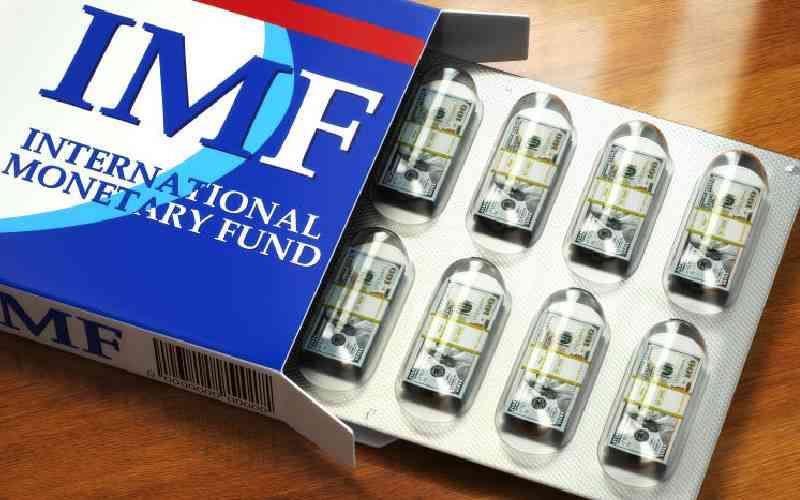×
The Standard e-Paper
Truth Without Fear

It is no longer news that Kenya is at the mercy of international lenders, and more specifically, the International Monetary Fund.
It is something that has been pondered and debated over and over again whenever the government comes in with tax policies completely out of tune with its own manifesto and people's aspirations.